In this article, we will talk about a vinyasa (a flow in which movements are synchronized with breathing) that will help you develop a strong upper body. Regular practice of this routine will build strength in the wrists, arms, shoulders, spine and abdominal muscles. When you want to go beyond the basic yoga poses and start working toward some of the more challenging poses like Mayurasana (Peacock), Bakasana (Crane), all the arm balancing poses etc, a strong upper body becomes a basic requirement. (A photo gallery of some of the commonly practiced asanas is available here).
Step-by-Step
(click on the blue arrow for audio instructions)
- Balasana (Child Pose): Start by getting into the ‘child’ pose with the arms extended out in front and the buttocks pressed down on the heels. Knees are close to each other and the forehead is close to the floor. Make a note of where the hands are on the mat. Throughout the routine, make sure that the hands stay ‘glued’ to the same spot on the mat.
- Bhujangasana (Cobra Pose): (Inhale) With the chin staying close to the floor, start sliding your body forward, without moving the hands, ending up in the Bhujangasana (cobra pose). In this pose, elbows are slightly bent and tucked in close to the body, and the navel is on the floor. You are making a gentle effort to raise the chest higher.
- Adhomukha Shvanasana (Downward Facing Dog): (Exhale) Pressing down with the palms and curling the toes under, slowly lift your tailbone up and get into the ‘downward facing dog’ pose. In this pose, knees and elbows are straight, your effort is to press the heels close to the floor, lift the tailbone up and lower the forehead closer to the floor.
- Urdhvamukha Shvanasana (Upward Facing Dog): (Inhale) Bending the elbows slightly, bring the forehead between the palms close to the floor, and start sliding the body forward until you get into the ‘upward facing dog’ position. In the final position, the elbows are stretched straight, palms are directly under the shoulders, toes are pointing back, tops of the feet are flat on the floor, knees are slightly lifted from the floor and the chest is pushed forward and up.
If, while sliding the body forward, it becomes uncomfortable to bend the elbows, you may keep them straight and then slide forward. Also, you may keep the knees on the floor, if needed.
- (Exhale) Once again, pushing with the palms, slide back into the ‘downward facing dog’ position. See 3 above.
- Plank Pose: (Inhale) Keeping the elbows straight, slide the body gently forward into the ‘plank’ position. In this position, the heels, buttocks and the shoulders are all in one straight line and the shoulders are lifted up and rolled back. if necessary, you may bring the knees to the floor and then try to lift the upper body up with the elbows straight.
- Chaturanga Dandasana (Four-limbed Pose): (Exhale) Slowly begin to bend the elbows, keeping them alongside the body, and bring the body down into the ‘chaturanga dandasana’ (four-limbed staff pose). Here the body is parallel to the floor with only the hands and the toes touching the floor. Alternately, you may like to keep the knees on the floor while bringing the chest parallel to the floor by bending the elbows.
- (Inhale) Lift yourself up back into the ‘plank’ pose. See 6 above.
- (Exhale) Lower the knees, chest and chin down to the floor with the abdomen not making contact with the floor.
- (Inhale) Slowly, lower the abdomen down to the floor and lift the head, neck and chest up into the ‘bhujangasana’ (cobra pose). See 2 above.
- (Exhale) Gently lower the chin to the floor and start sliding the body back into the child pose, keeping the chin as close to the floor as possible.
- The above completes one round. Continue and practice as many rounds as you feel comfortable with.
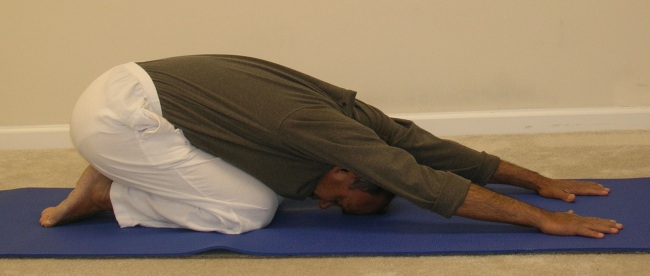
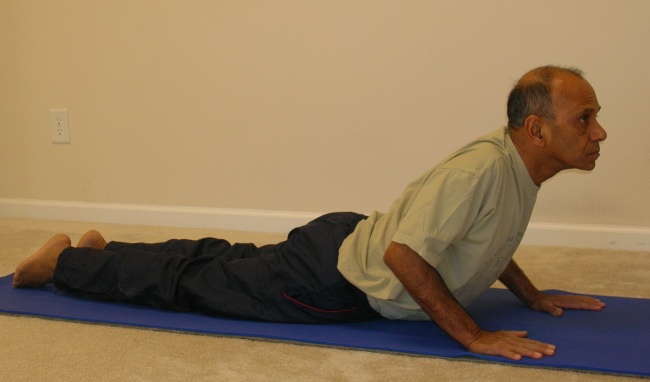
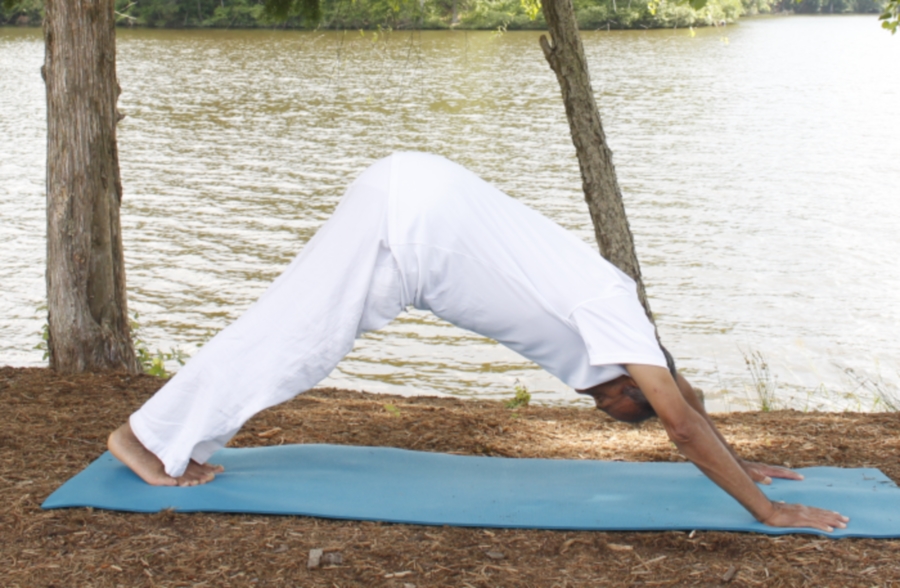
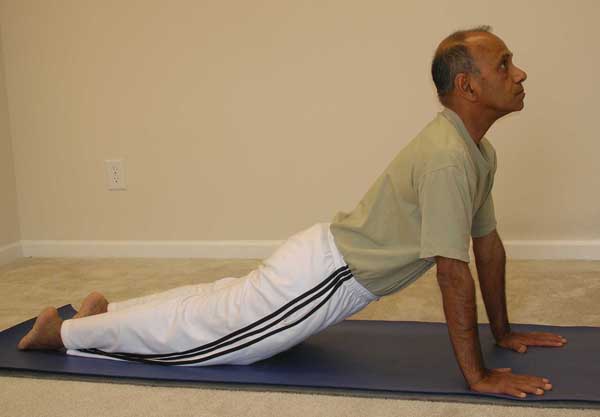
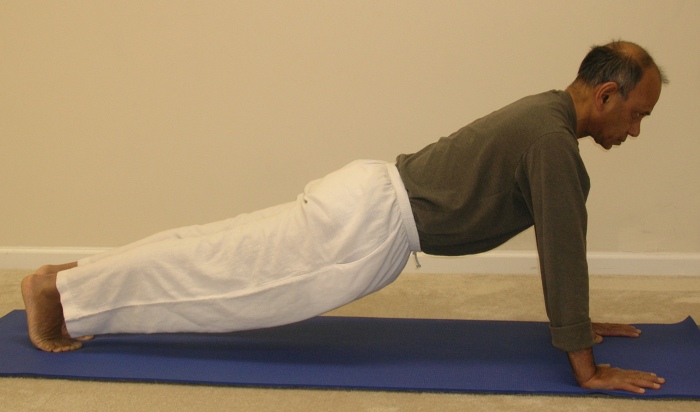
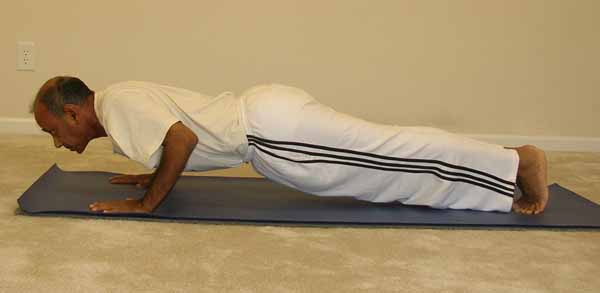
Recent Comments